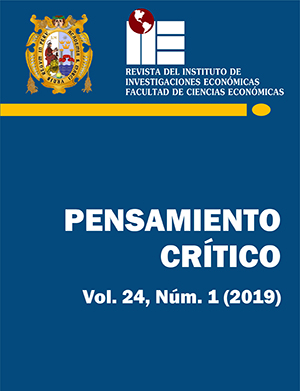Disaster Risk Management in Shelter in RIMAC district
DOI:
https://doi.org/10.15381/pc.v24i1.16558Keywords:
Shelter; disaster; spaces; supplies; life quality; Sphere ProjectAbstract
In 2016, the MDR approve Rehabilitation Plan for Disaster Risk in Rimac district. -In 2016, there is a fire in the community of Cantagallo in the district of Rimac. 300 families of the Shipibo-Coniba community are affected, who receive the support from the Municipality of Rimac and the Metropolitan Municipality of Lima. -The Disaster Risk Management employees in Rimac district spend five years to elaborate a rehabilitation plan. This harmful event happened in a three-month short-time. -The post-disaster stage in this case has shown the difficulty of helping a number of citizen in the district of RIMAC. The issue is the location of public spaces to relocate people, because it has had to occupy a space in the so-called MARTINETI field in the district of Cercado de Lima that is to find a solution in another district. This is only part of the problem. The coordination of the officials of a district municipality with the metropolitan municipality of Lima is a serious factor. A help factor is that those affected are from a cultural community, this factor has facilitated understanding between the authorities and the affected population. -The current situation for shelter areas requires a real management for qualified professionals.
Downloads
Published
Issue
Section
License
Copyright (c) 2019 Eric Espinoza Campos

This work is licensed under a Creative Commons Attribution-NonCommercial-ShareAlike 4.0 International License.
THE AUTHORS RETAIN THEIR RIGHTS:
a. The authors retain their trademark and patent rights, and also on any process or procedure described in the article.
b. The authors retain the right to share, copy, distribute, execute and publicly communicate the article published in Pensamiento Crítico (for example, place it in an institutional repository or publish it in a book), with recognition of its initial publication in Pensamiento Crítico.
c. The authors retain the right to make a subsequent publication of their work, to use the article or any part of it (for example: a compilation of their works, notes for conferences, thesis, or for a book), provided they indicate the source of publication (authors of the work, journal, volume, number and date).






